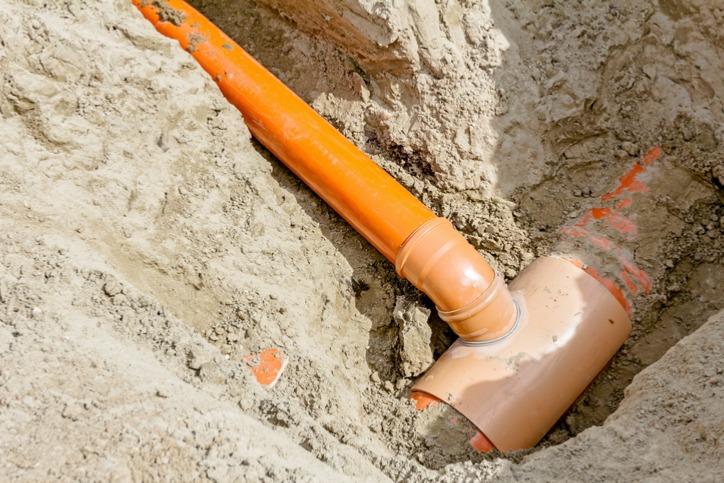5 Tips To Protect A Sewer Line From Tree Roots
Trees and shrubbery are beautiful additions to any landscape, but they can wreak havoc on plumbing pipes and sewer lines, resulting in the need for expensive repairs and replacements. To help you prevent this expensive inconvenience, Jones Plumbing & Septic Tank Service is providing these five tips on how to protect your sewer line from tree roots on your property. Contact us today to schedule an appointment for our professional septic tank services.

Know Where Sewer Lines Are
The first step in preventing roots from growing into sewer lines and pipes is to know where they're located. You may be able to find this information in property or maintenance paperwork, but this may be outdated or inaccurate information, or you can call your local public works department or the national 811 "Call Before You Dig" number to corroborate information. For the most accurate information, calling our septic plumbers is the best idea as we'll be able to find sewer lines and properly mark them for you.
Smart Landscape Planning
Many future issues with roots and sewer lines can be prevented with some thoughtful landscaping. Once you have identified where the sewer lines are, you can avoid planting trees and shrubs nearby. While the distance from the sewer lines changes based on the species and size of the tree or shrub, you should allow for at least 10-feet of clearance in every direction from the sewer line. If you already have trees or shrubs planted within that distance to a sewer line, you may be able to transplant them to a safer location.
Create A Barrier
When we say "barriers" you may be thinking of underground walls, instead slow-release chemicals can inhibit root growth and protect sewer lines and pipes. Copper sulfate and potassium hydroxide are common options for residential properties and can be spread near the sewer line to prevent root growth. Physical barriers, such as metal or wood, are also an option. If going this route, be sure that the barrier is buried 6–12 inches deeper than the pipe to keep the roots from growing under the barrier to still reach the pipes. You can set the barrier the full length of the pipeline for full protection or keep it localized to where the plants pose the highest risk.
Know The Signs Of Damage
Even if you take all of the preventative measures, there's still a small possibility a tree or shrub root may find its way to your pipes. Common signs of a problem with the pipes include frequent clogs, slow draining, drain overflowing, or gurgling sounds coming from the toilet. Unfortunately, a tree root can cause similar symptoms as other types of clogs, so you may need to call out a plumber to uncover what the source of the issue is.
Inspection & Maintenance
Having regularly scheduled maintenance performed can prevent a root problem from becoming worse by catching it early. Proactive maintenance is important for the function of your plumbing and septic system. Contact us to learn more about how to care for a septic system.
